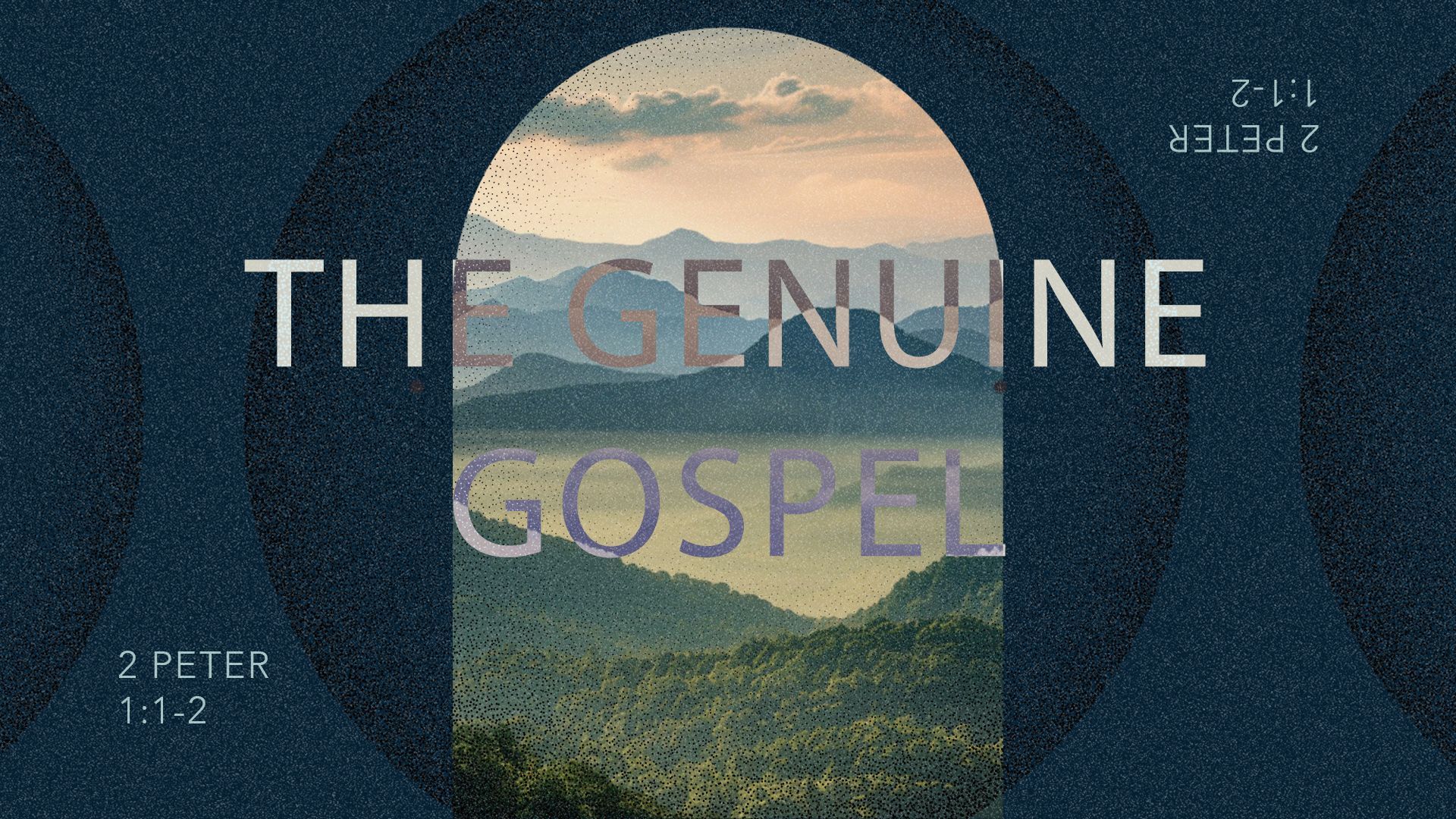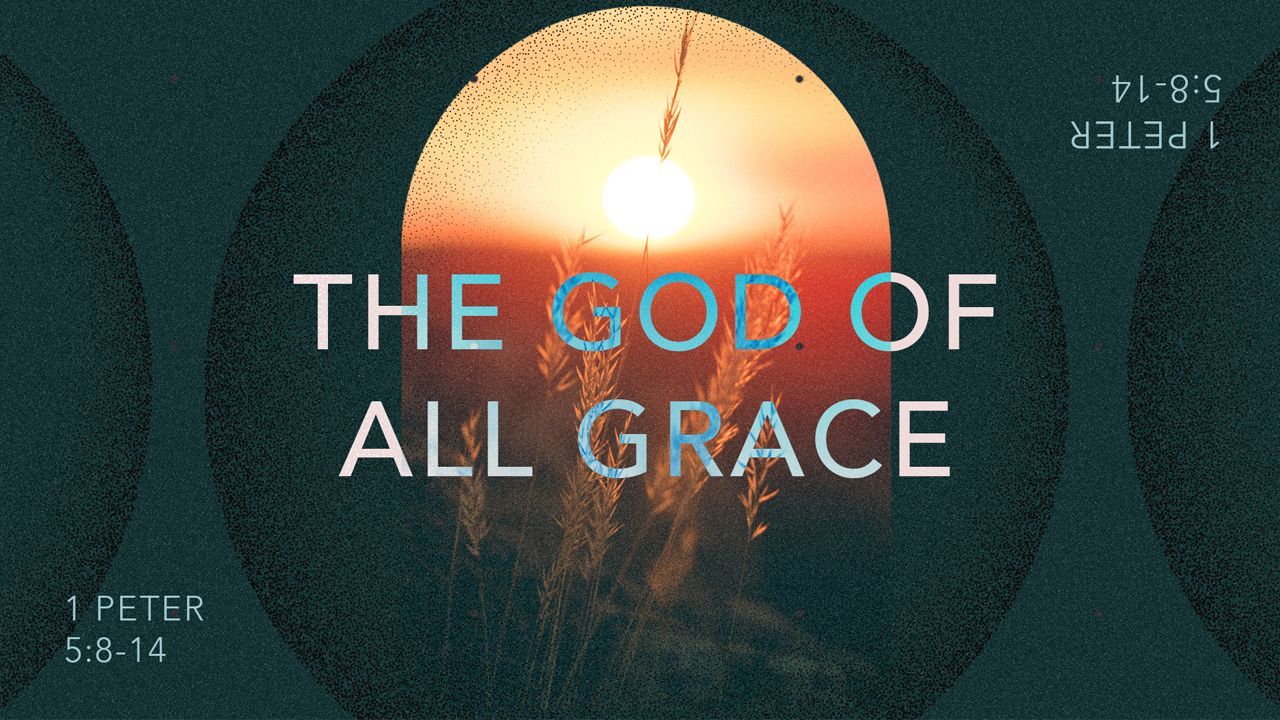The Gethsemane Prayer
Notes from Scott Sutton's message on Matthew 26.
This past Sunday, we began a short Easter series by picking up where we left off in Matthew.
In contrast to the chapters that precede it, Matthew 26 marks a significant shift in the story being told. It zooms in from the big picture movement of the Kingdom (Matthew 25) to examining the minutes, hours, and days leading up to the cross.
After telling His disciples of what was to come in God’s final judgement, he says “You know that after two days the Passover is coming and the Son of Man will be delivered up to be crucified.” (Matthew 26:1-2)
Jesus seems to expect and even welcome crucifixion. He has spoken of this on multiple occasions to His disciples.
But then, in verses 36 - 39, Jesus prays against the cross.
These two bookends are shocking.
At the end of the chapter, in Gethsemane, consider what Jesus was praying for. He had taken Peter, James, and John with him, just a stone’s throw away so they could hear what he was praying. And what they heard was Jesus pleading to the Father, “If there is a way that I don’t have to go the cross, that’s what I want.”
We cannot overemphasize the significance of this moment.
All the way back to Genesis, we see that there would one day be one who redeems us from the fall. Generation after generation were awaiting a Messiah. The sacrificial system of the Old Testament was a tutor that helped us understand that day after day we were an unclean people in need of a blood sacrifice to make us right with God. King after king could not reign and rule over God’s people in perfect holiness. Priest after priest would have to offer daily sacrifice over daily sacrifice because they could not reign and rule in perfect holiness. There was SUCH a longing for the long-awaited Messiah.
In the Passover, God’s people sought a sacrificial lamb without blemish, in its first year, with no bones broken, whose blood would be slathered on the doorposts of God’s people so that the winged destroyer would “PASSOVER” God’s people and let their firstborn live. Families would feast on that lamb together in the safety of their homes.
Before he goes to Gethsemane, Jesus essentially celebrates the Passover with His disciples, acknowledges that He will be betrayed, but then institutes the Lord’s Supper – effectively saying that this thing that has been done for thousands of years, generations after generation, is now about me.
He says – the bread broken represents my Body that will be broken on the cross. The cup will represent my blood, that creates a new covenant by purchasing you.
Throughout all of human history, there has been a plan unfolding for Jesus to die on the cross for the sins of the world. He proclaims the cross in the beginning of this chapter. The chief priests and elders plot to kill Him, and He knows it. Mary anoints Him with expensive oil that He proclaims is preparing His body for burial. Jesus knows that Judas will betray Him as a part of God’s plan for Jesus to be crucified. Jesus knows that the prophecy is about to be fulfuilled where He, the Shepherd, will be struck and the sheep will scatter.
All of human history has been marching toward the crucifixion, and here, in this garden in Gethsemane, the Messiah, the Savior, the Redeemer, the unblemished sacrificial lamb says,
“Father, if it is possible, let this cup pass from me…”
If God says, “Yes”, nobody gets saved. If what Jesus is praying for is granted by His Father, we’re dead. Eternally separated from God.
So, why did Jesus pray for this? What happened from the original proclamation of the cross to praying against the reality of the cross?
Jesus was in sorrowful agony.
The weight of what lay ahead felt unbearable to Jesus.
John Piper described this moment as a “sinless distaste for pain.” Jesus knew what was at stake and the
price to be paid, and He asked if there was any other way. Jesus took on flesh precisely for this moment, but He felt His flesh too weak.
Jesus models prayer for us.
Notice that Jesus didn’t say the same thing three times in a row. The Gospel of Luke tells us that after the first prayer, God sent an angel to strengthen Jesus. That’s why He doesn’t ask again for the cup to pass, but that the will of the Father be done.
His prayer – “God, here is what I want. But more than that, I want what you want… not my will by your will…”
Jesus models here what Philippians 4 tells us, that God allows our requests to be made known to Him. The result is either God granting us what we have asked, or Him giving us a “peace that exceeds understanding” – what rich mercy!
Now the disciples – particularly Peter and the Sons of Zebedee – would have had a crazy opportunity to see this modeled by Jesus Himself. But instead, they fell asleep!
Moments earlier, Jesus foretold the denial of Peter and everyone else in the group saying, “you will all fall away…” Peter responds, saying, “Even if I must die, I will not deny you!” and all the disciples said the same… EVEN IF I MUST DIE!
…well, what if you simply must stay awake?
Prayerless proclamation is weak.
How often does our prayerlessness simply come from the fact that we are just tired? We are undisciplined.
In modeling prayer, Jesus reminds us that without God’s strength, we are hopeless.
Ephesians 6:12 says, “For we do not wrestle against flesh and blood, but against the rulers, against the authorities, against the cosmic powers over this present darkness, against the spiritual forces of evil in the heavenly places.”
There is no other way to “overcome”.
The suffering of the Suffering Servant wasn’t just from the cross itself, but the weight that He carried to get there.





